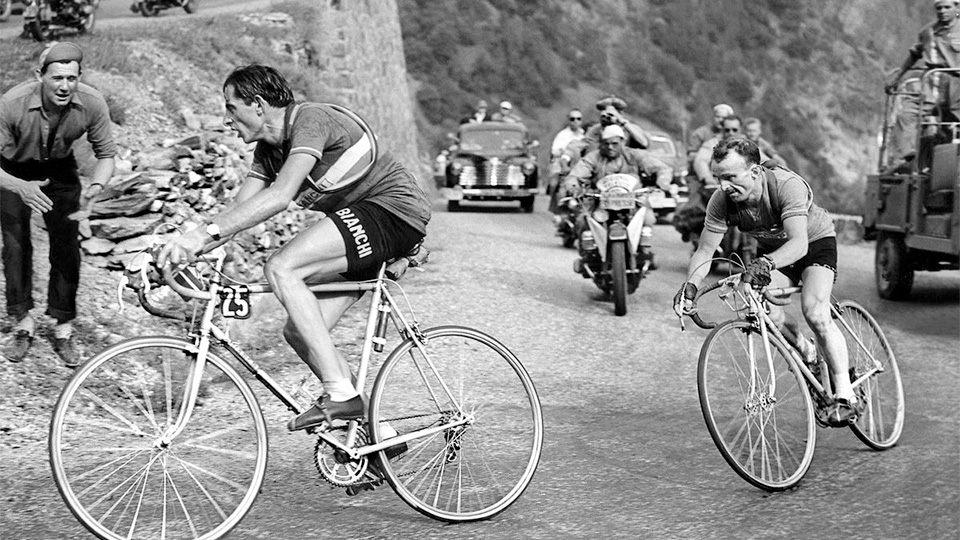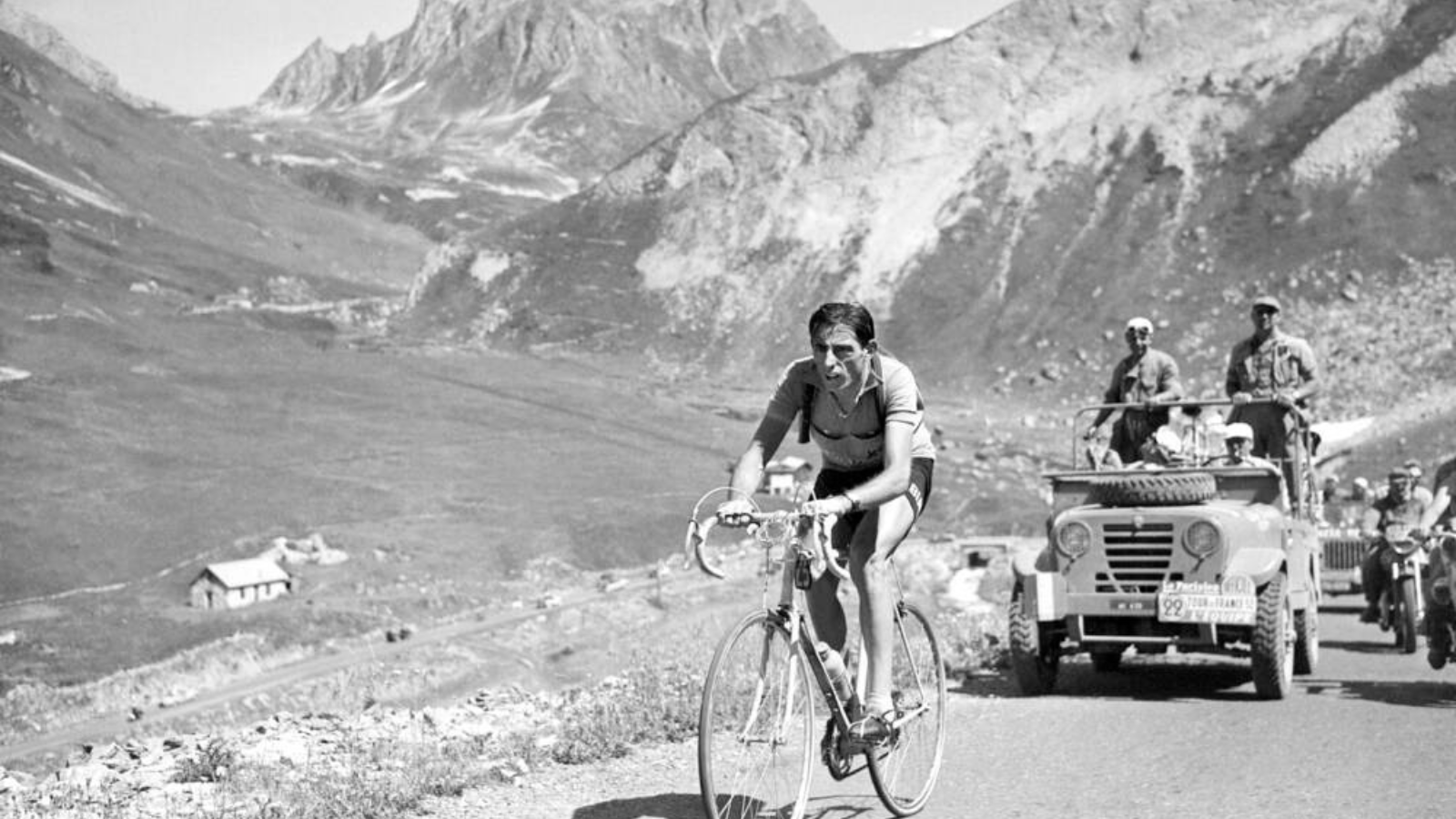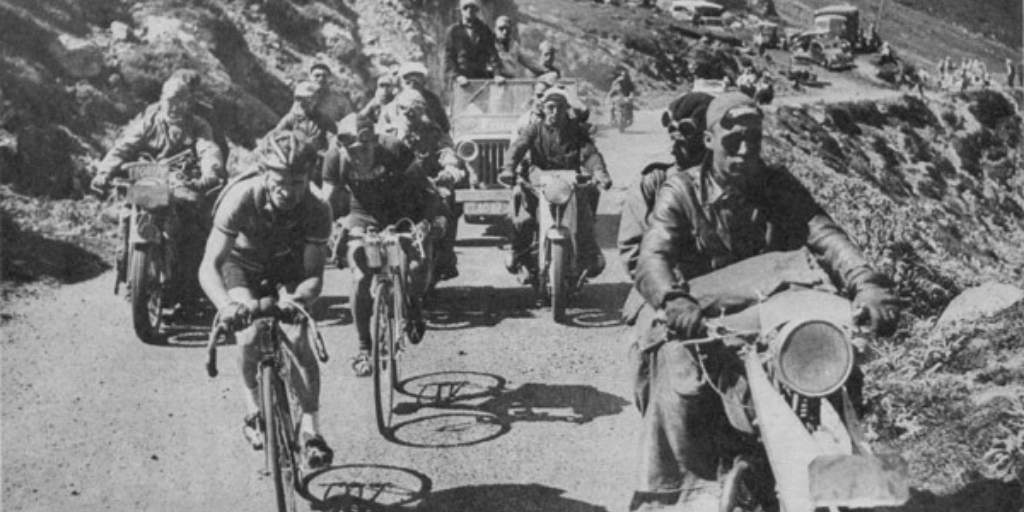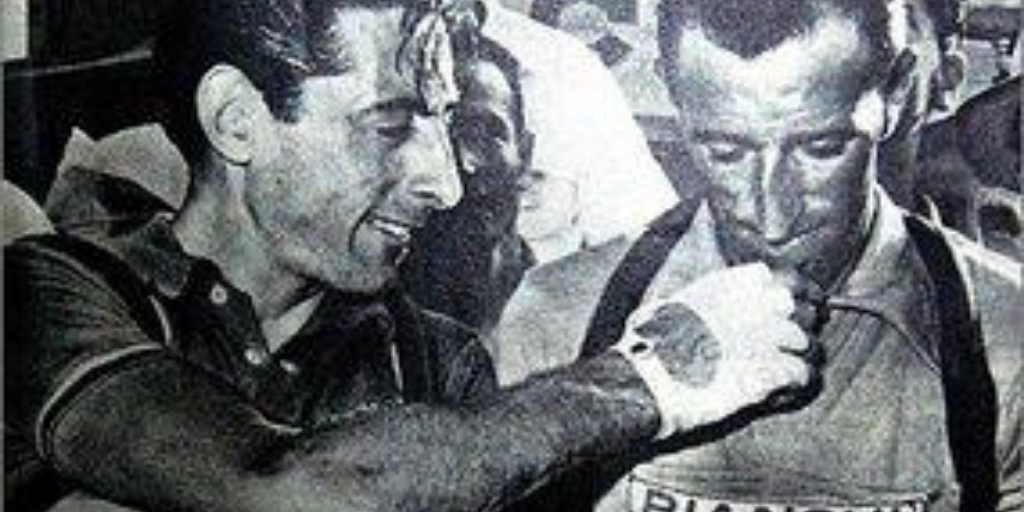Alpe d’Huez, the instant classic
There is a simple reason, why Alpe d’Huez was introduced to the Tour de France only in 1952, while the race visited the Alps since 1911 frequently: there is only one way up to the top, hence the stage must be finished there. But the concept of a hilltop finish wasn’t born yet. Indeed, the 10th stage in 1952, finishing on Alpe d’Huez was the first time in the history of Tour de France, when the riders crossed the finish line on the top of a climb and not in a town in a valley nearby. Thanks to the new experience, both for the riders and the audience, Alpe d’Huez became a big hit instantly.… Read More »Alpe d’Huez, the instant classic



